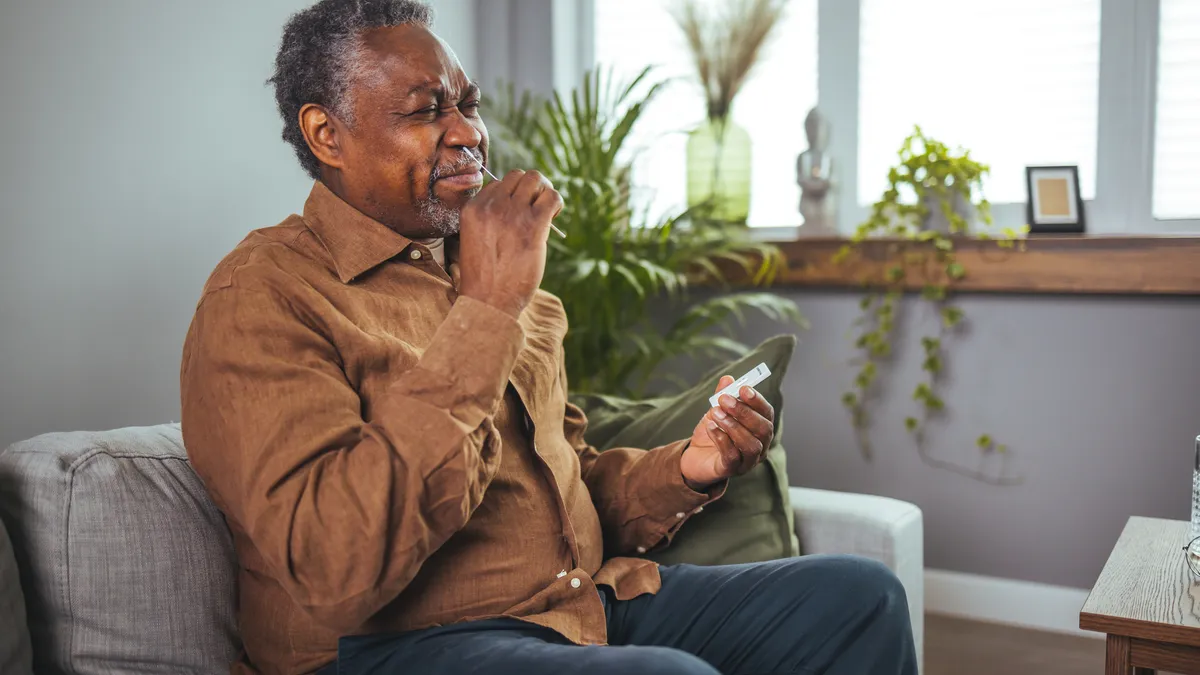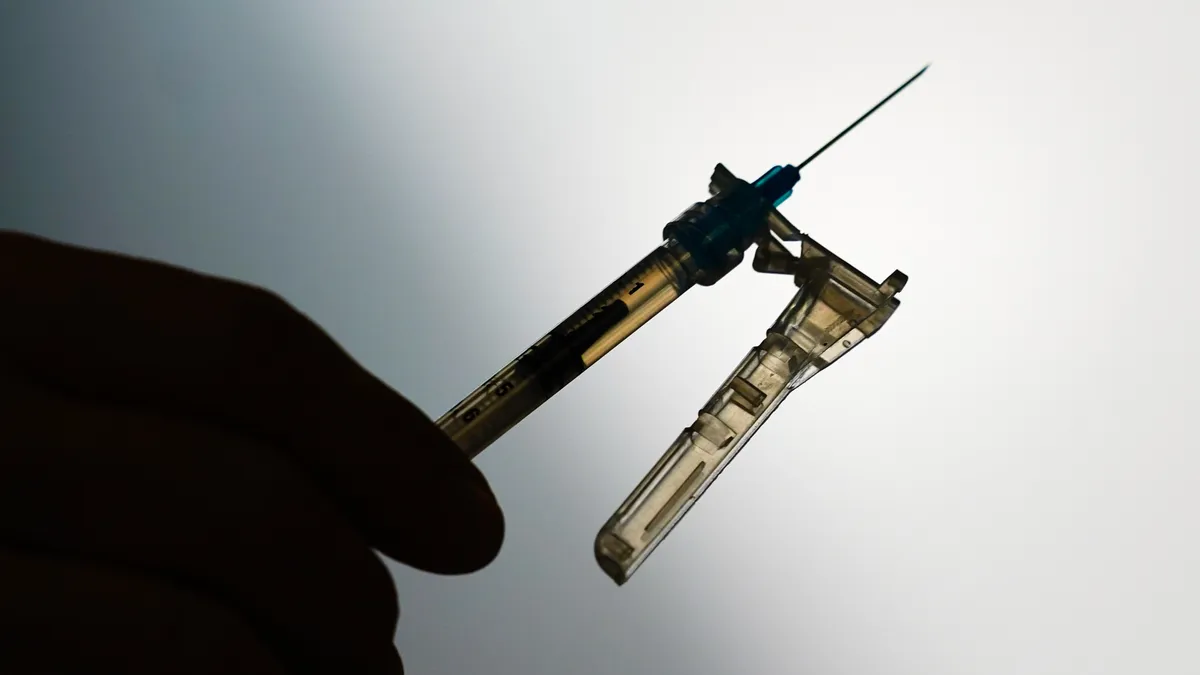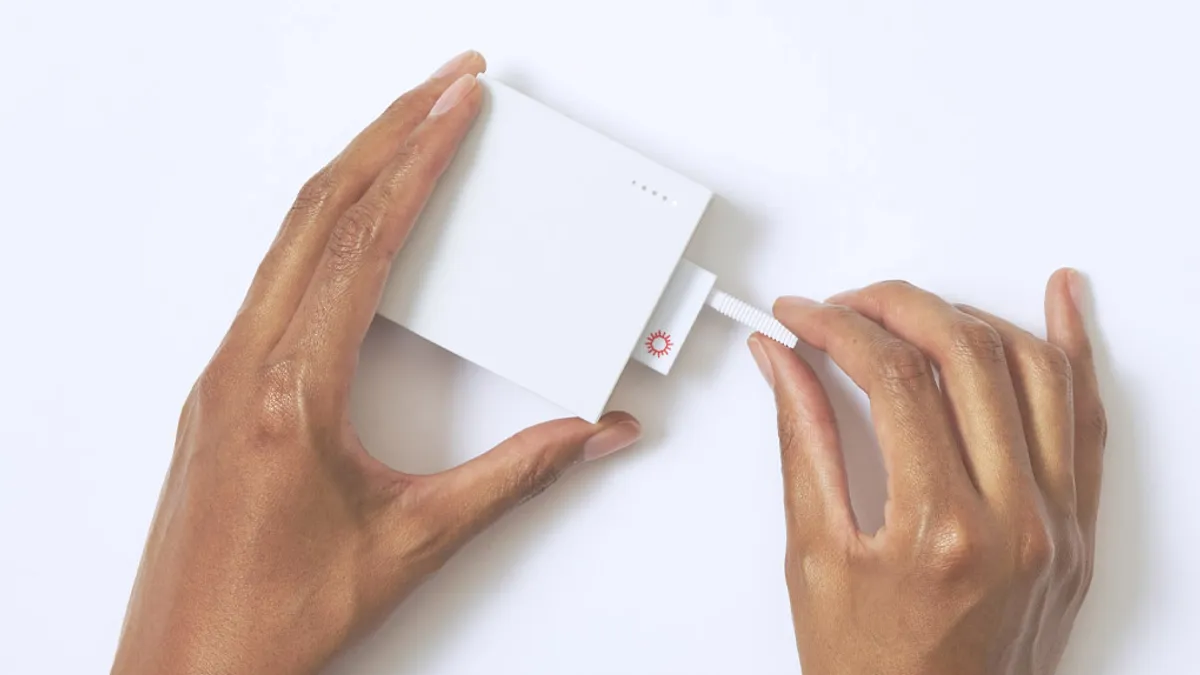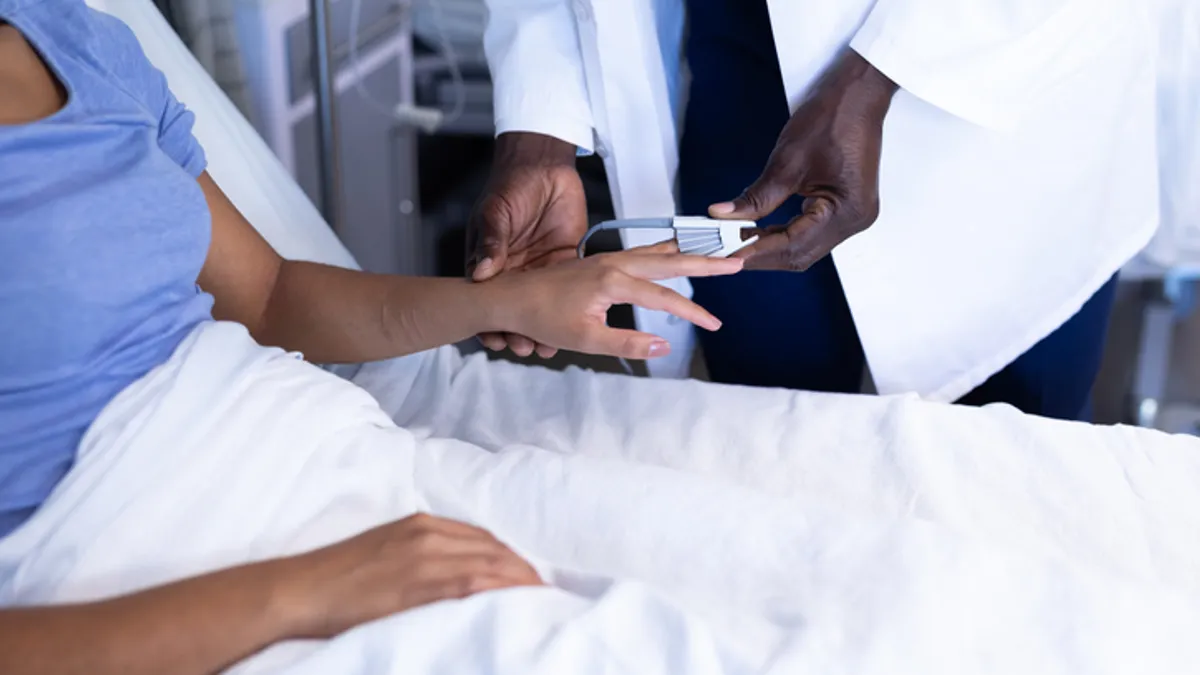Editor’s note: Eric Zimmerman and Amy Kelbick are employees of McDermott+Consulting and represent the Testing at Home Coalition, an industry advocacy group whose members include Abbott Laboratories, Becton Dickinson and Company, CVS Health, Ellume Health, the National Association of Chain Drug Stores and Safe Health Systems.
When the COVID-19 public health emergency ends in May, so too will many of the federal directives that have made health care more accessible over the last few years.
One directive that should stay is coverage of self-administered, over-the-counter COVID tests.
Effective May 11, private insurers will no longer be required to cover over-the-counter COVID tests and vaccines without cost-sharing. Medicare will also no longer cover self-administered tests free of charge.
Medicare will cover tests provided pursuant to a physician's order, but that will require Medicare beneficiaries to go to a physician's office or other testing site to get a test covered.

But the virus will not disappear when the public health emergency does. Widely accessible testing remains one of the most effective ways to keep COVID at bay — and prevent unnecessary illness and death. According to CDC data, more than 1,500 Americans have died every week this year because of COVID. Further, a recent study found that seven in 10 Americans age 65 and older would be likely to stop testing at home if coverage goes away. That's why insurers, including Medicare, should continue to cover COVID tests free of charge and without requiring a prescription even after the public health emergency ends.
The U.S. Department of Health and Human Services first declared a public health emergency in January 2020, as the virus was just beginning to spread across the globe. It has renewed the declaration every 90 days since.
The virus will not disappear when the public health emergency does. Widely accessible testing remains one of the most effective ways to keep COVID at bay -- and prevent unnecessary illness and death.

Eric Zimmerman and Amy Kelbick
Testing at Home Coalition
One of the main reasons COVID spread so quickly in the early months of 2020 was a lack of accessible testing. Even when diagnostics became available, testing was often drawn out and inconvenient.
The development of at-home tests marked a turning point in the response to the pandemic. Individuals could now receive test results immediately. That allowed them to easily detect active infections and take measures to avoid spreading the virus further.
Free at-home tests proved especially useful. Researchers at UMass Chan Medical School compared national infection rates against those of two Michigan communities that distributed 500,000 free at-home COVID tests in the summer of 2021. The study found that the communities with access to free tests experienced a decrease of 40 infections per day, on average.
Rolling back free coverage for self-administered tests risks allowing COVID to spread once again. If Americans have to start paying out of pocket for COVID tests, they'll test much less — if they test at all.
Three years into the pandemic, we may be numb to the risks posed by the virus, but it's important to remember that COVID is still a serious threat to the health of millions of people, particularly seniors.

As of April 17, an average of more than 100,000 Americans were contracting COVID each week in the United States. And those are only the cases we know about. Daily hospitalizations from the disease average more than 5,000. Over 1,000 Americans are still dying of COVID each week. As of November, those age 65 or older account for nearly nine in 10 COVID deaths nationwide.
The members of this vulnerable population need to know their COVID status so they can get treatment and avoid further community spread. According to research published in the Annals of Internal Medicine in December, the antiviral Paxlovid reduced the risk of hospitalization or death from the Omicron variant among older adults by 44%.
People can't seek out effective treatment if they don't know they have the virus.
The end of the public health emergency is not an order for Medicare to stop covering tests -- the program can still elect to cover the tests. If it does, it will send a signal that it takes the health and welfare of its beneficiaries seriously.
Scrapping cost-free coverage of COVID tests will lead to more viral spread. That has real costs even for low-risk people, who may have to stay home from school or work if they get sick. And it of course increases the chances that high-risk people will be put in harm's way.
Easy access to self-administered COVID tests has helped bring back some semblance of normalcy. Health insurers can keep us on that path by continuing to cover tests without cost-sharing after the public health emergency expires.















